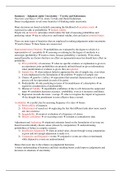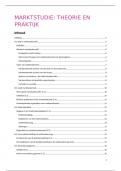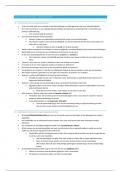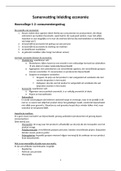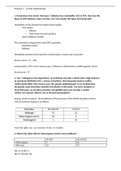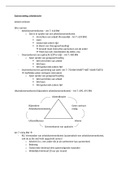Summary
Summary introduction to calculus 1
- Course
- Institution
- Book
this is a document that contains a clear and comprehensible well-structured notes and hypothesis for engineers as well as other students that need proper skills in the course. it will allow one to be able to understand the applications of calculus in concepts such as stationary points, calculating ...
[Show more]




